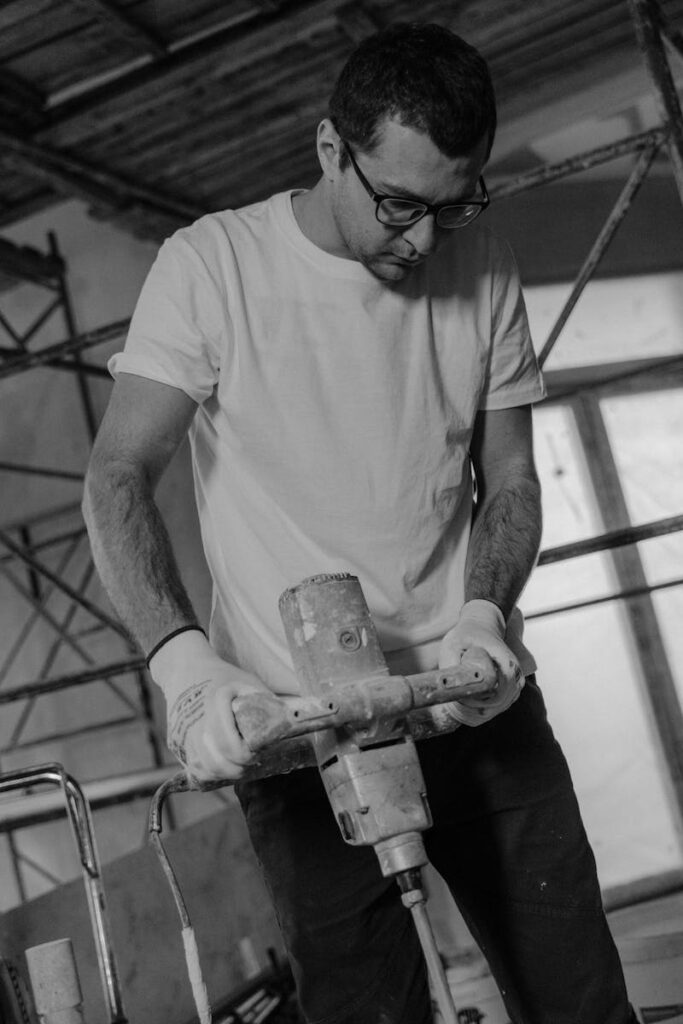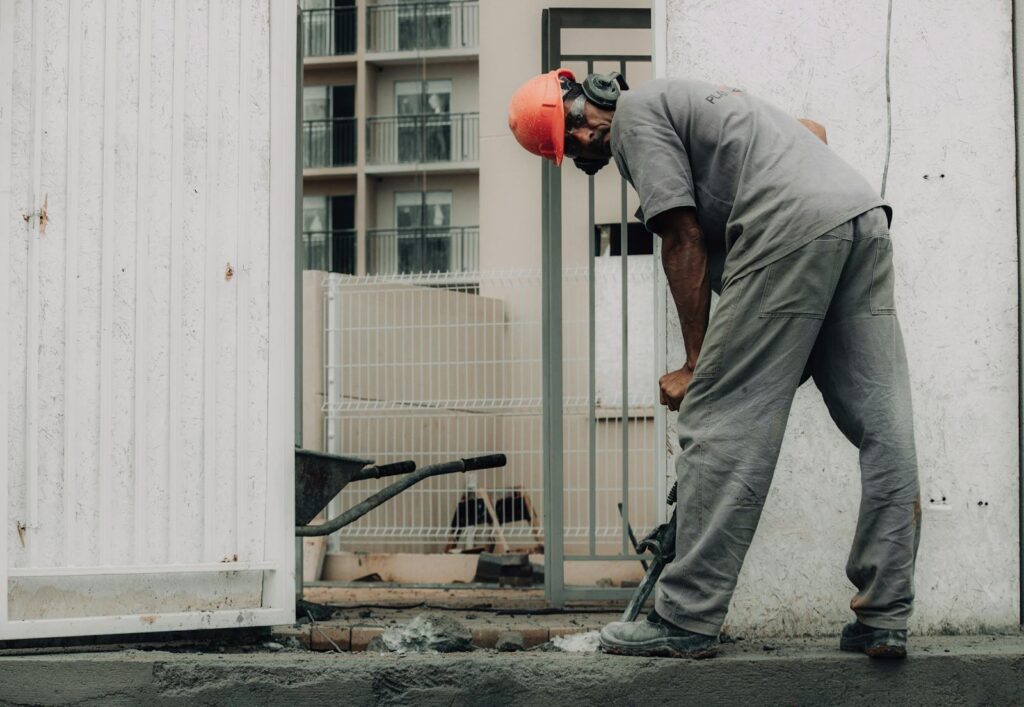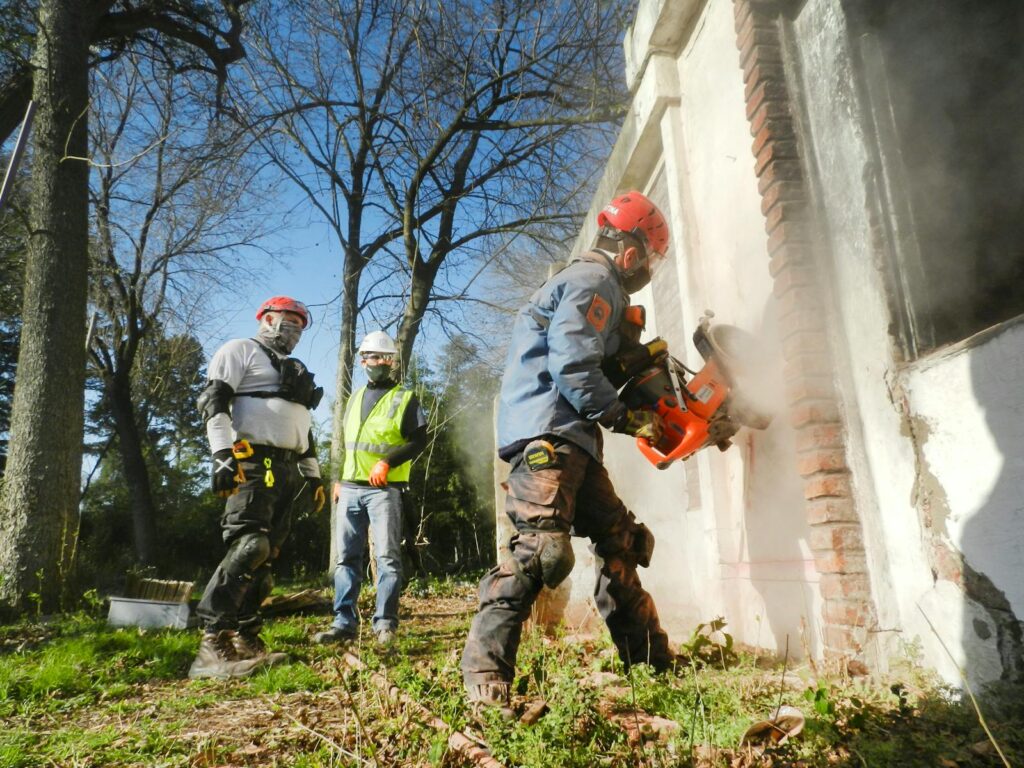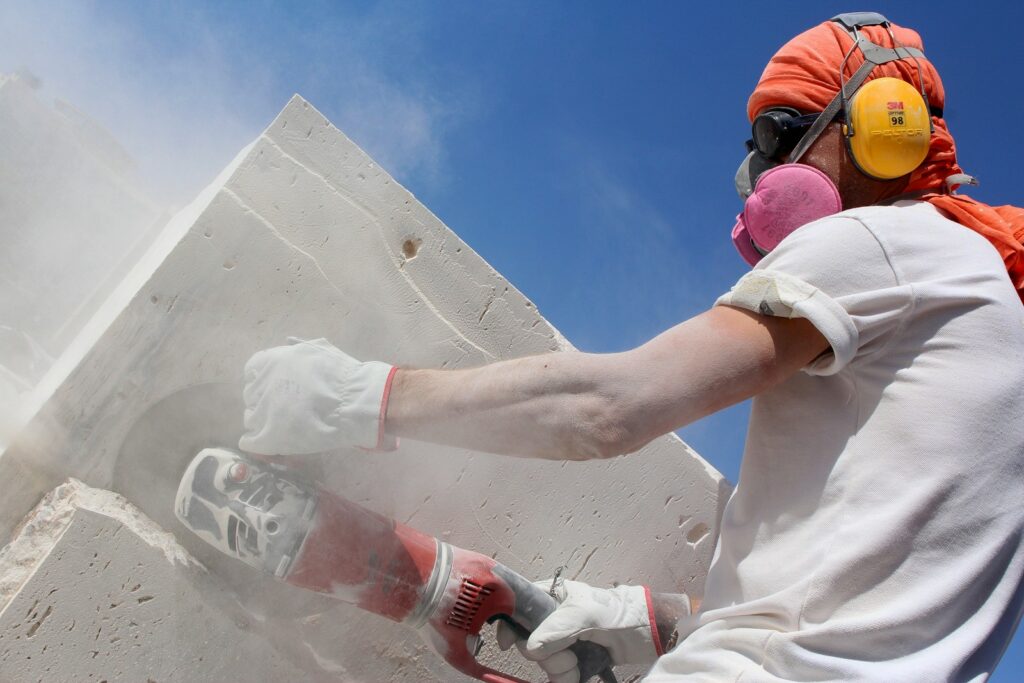How to Get the Best Core Drilling Quote

Sharper quotes come from clearer briefs. Provide detailed specs, accurate locations, access conditions, service availability, and requested inclusions. Transparency speeds responses, tightens pricing, and reduces variations once the job is underway. Steps to Share With Contractors 1. Provide hole list Detail diameter, depth, quantity, and material expectations for each hole. A thorough list lets […]
How to Select the Correct Core Hole Size

Correct hole sizing prevents rework, leaks, and damage. Match size to application, allow clearance, verify thickness and angles, coordinate with trades, and confirm on site before drilling begin Steps to Get the Right Size 1. Match to application Choose core sizes based on use: small for conduits/anchors, mid for plumbing, larger for HVAC and […]
How to Prepare Indoors for Core Drilling

Indoor coring can be clean when properly prepared. Protect finishes, control water and slurry, isolate work zones, ensure safe access, and coordinate timing to minimise disruption and protect occupants and property. Steps for Indoor Prep 1. Protect finishes Cover floors, joinery, and walls with plastic and drop sheets. Secure edges and corners with […]
How to Choose the Right Core Drilling Contractor

Selecting the right contractor delivers precision, safety, and value. Verify compliance, experience, equipment quality, and cleanup standards. Transparent quotes and a documented method statement help ensure a reliable, tidy result. Steps to Select a Contractor 1. Verify compliance Check licensing, insurances, SWMS, inductions, and WHS documentation. Compliance with Australian standards protects your liability […]
How to Plan for Core Drilling

Thorough planning ensures accurate holes, faster completion, and fewer surprises. Define specifications, mark locations precisely, scan for hazards, and prepare access to keep drilling safe, compliant, and aligned with downstream trades’ installation requirements. Steps to Plan Successfully 1. Define hole specs List diameters, depths, tolerances, and sleeve requirements by application—plumbing, electrical conduits, HVAC, anchors. […]
How to Understand Concrete Cutting Costs

Knowing cost drivers—scope, reinforcement, access, cleanup, and timing—helps you budget accurately, compare quotes fairly, and avoid variations. Clear information upfront ensures transparent pricing and fewer surprises during and after your cutting project. Steps to Understand Pricing 1. Define scope accurately Document lengths, depths, slab thicknesses, locations, and finish requirements. Include photos and a marked plan. […]
How to Ensure Safety During Concrete Cutting

Safety protects people, property, and timelines. A structured approach—barriers, PPE, noise and dust controls, plus competent operators—minimises incidents and keeps your project compliant and on schedule from setup to completion. Steps to Make Safety a Priority Establish exclusion zones Install barriers, cones, and signage around the work zone and equipment routes. Restrict access to authorized […]
How to Know When You Need Professional Concrete Cutting

Some jobs suit DIY, but structural complexity, depth, reinforcement, or access constraints often demand professional equipment and expertise. Understanding these triggers helps you avoid safety incidents, structural damage, and costly rework, ensuring a reliable, compliant result from the outset. 1. Check structural elements If cuts affect load-bearing walls, slabs, beams, or footings, engage professionals. They […]
How to Reduce Dust and Mess During Concrete Cutting

Concrete cutting produces dust and slurry. With the right methods—wet cutting, sealed zones, protective coverings, and defined cleanup—you can maintain a cleaner property, protect indoor air quality, and prevent environmental issues or costly post-job remediation. 1. Choose wet cutting Wet cutting cools blades and binds dust at the source, preventing fine particles from becoming airborne. […]
How to Prepare Your Site for Concrete Cutting

Steps to Prepare the Site Preparing thoroughly before cutting begins reduces mess, shortens setup time, protects finishes, and helps the crew deliver safer, cleaner results. Clear instructions, access, utilities, and protection plans ensure your project runs smoothly from arrival to final cleanup with minimal disruption. Clear the area Remove vehicles, furniture, pot plants, […]
